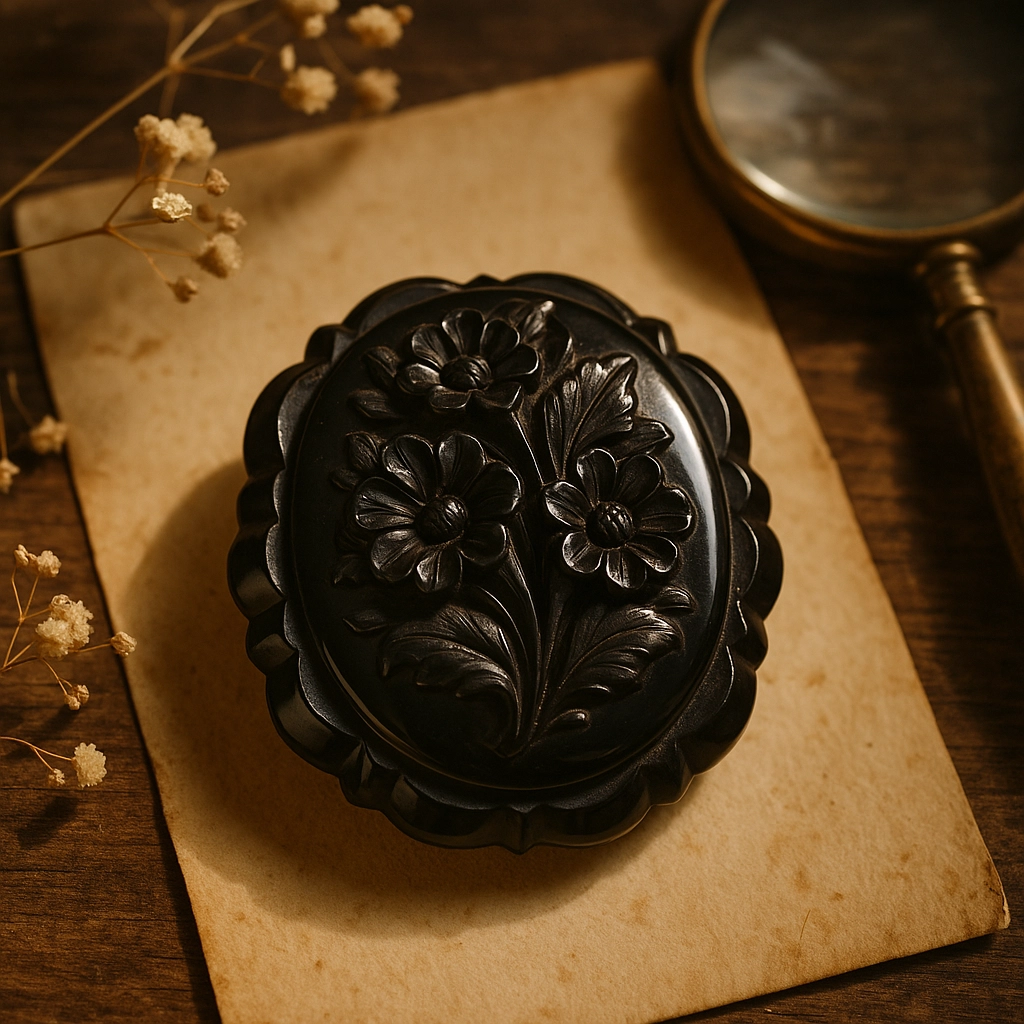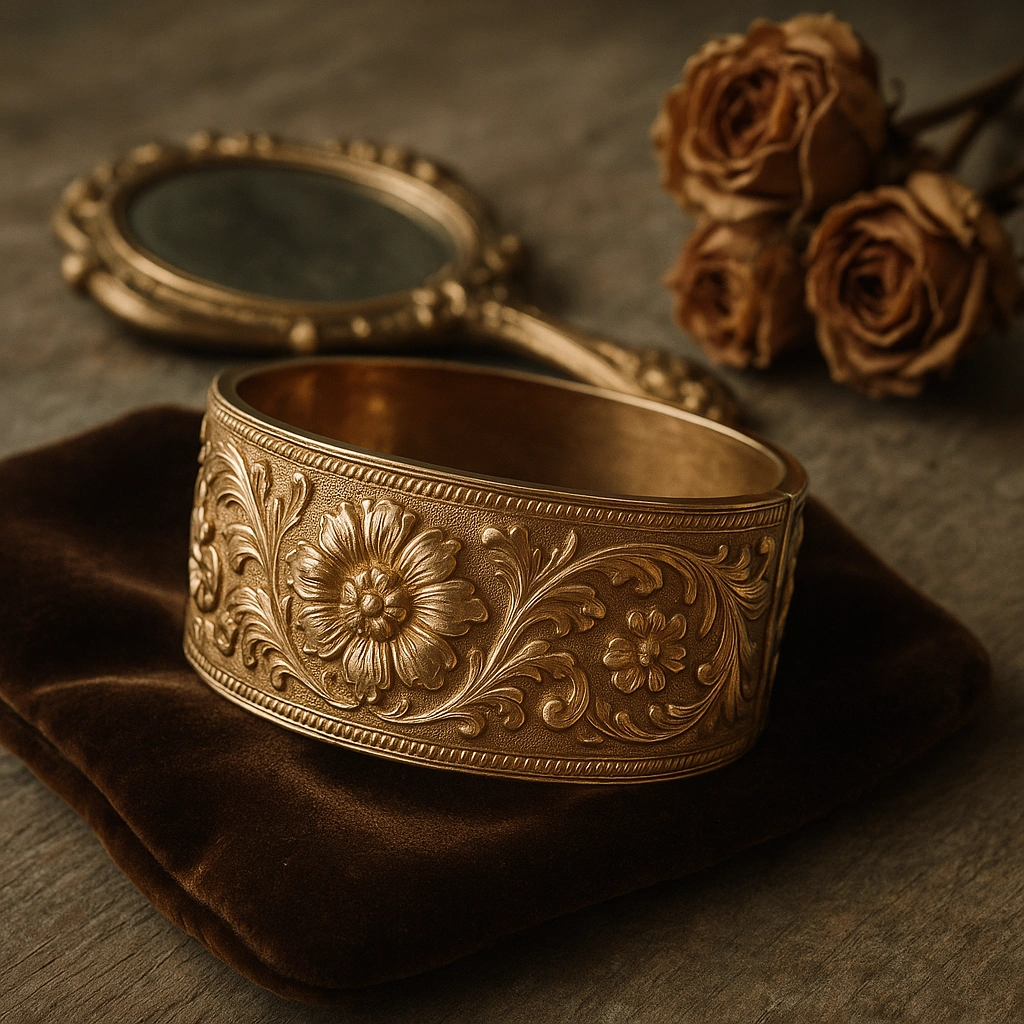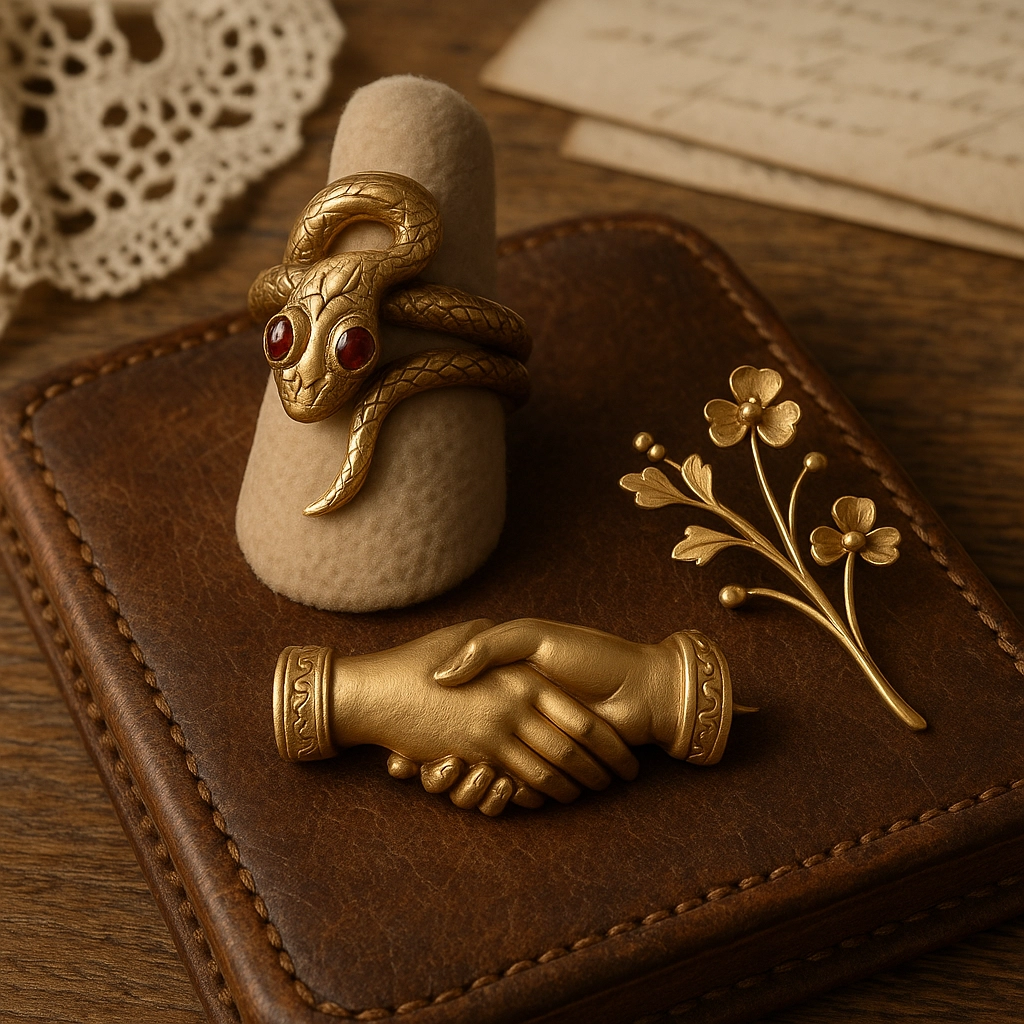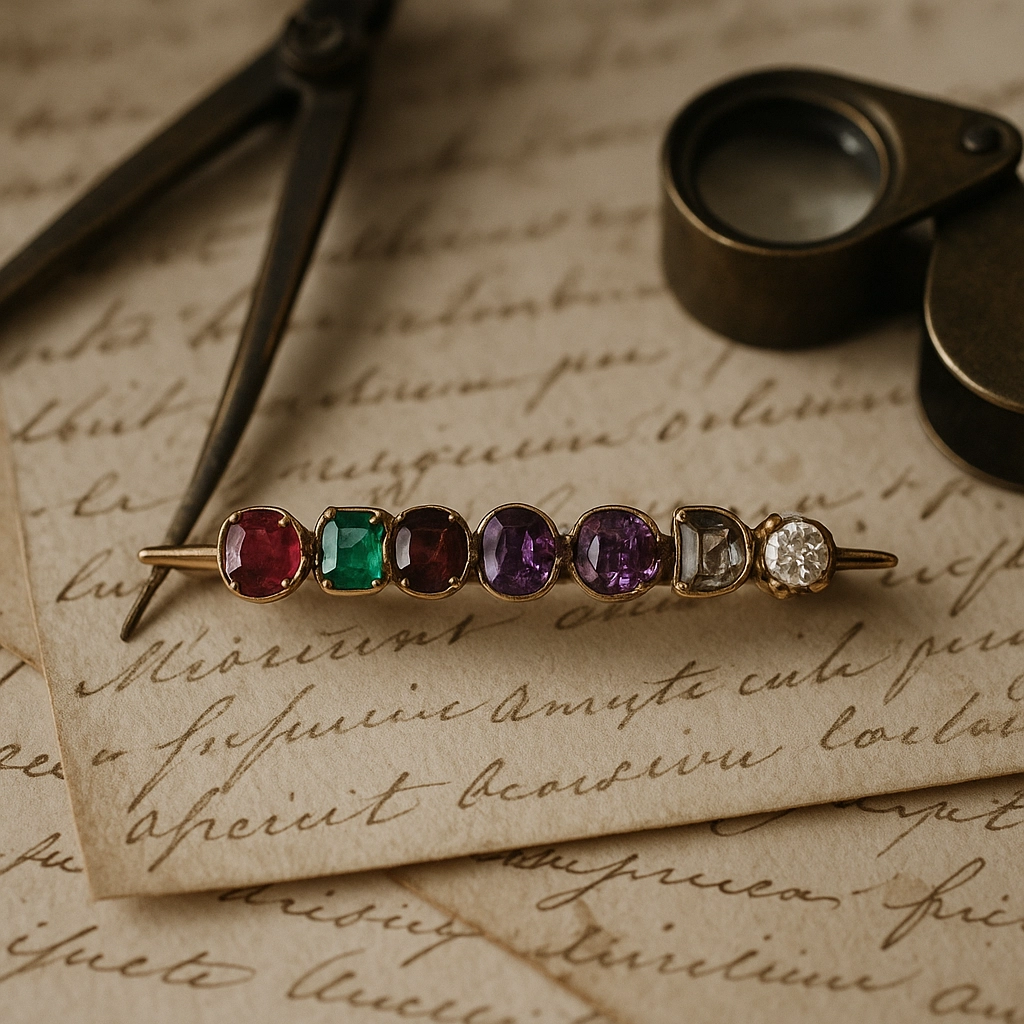Victorian Era Jewelry (1837–1901): Part 2 of 4
Welcome back to our journey through Victorian jewelry! In Part 1, we explored the Romantic Period of the Victorian era—those sweet, nature-inspired pieces from 1837 to 1860. Today, I want to take you into what I find to be one of the most fascinating periods of jewelry history: the Grand Period, roughly 1860 to 1885.
Have you ever noticed how a single event can shift an entire culture's aesthetic? That's exactly what happened during this middle phase of Queen Victoria's reign, and the jewelry from this era tells that story beautifully.
When Everything Changed: The Death of Prince Albert
In 1861, Prince Albert died suddenly, and Queen Victoria was devastated. She entered deep mourning and essentially withdrew from public life for years. This personal tragedy didn't just affect the royal family—it influenced an entire generation's approach to jewelry and fashion.
Think about the jewelry you reach for when you're feeling serious or somber versus when you're celebrating. During the Grand Period, that shift became visible across all of society. The delicate, romantic pieces of the early Victorian era gave way to something much more substantial and meaningful.

The Rise of Mourning Jewelry
Now, I know mourning jewelry might sound morbid to us today, but during this period, it was actually a beautiful way to honor loved ones. Have you ever kept a small memento of someone special? Victorian mourning jewelry took this concept to an art form.
Jet jewelry became incredibly popular during this time. Jet—which is actually fossilized wood that's been compressed over millions of years—created deep black pieces that were both elegant and appropriate for mourning. The material could be carved into intricate designs, from simple crosses to elaborate floral motifs.
Hair jewelry reached its peak during the Grand Period. Families would carefully braid locks of a deceased loved one's hair into intricate patterns, then set them under glass in lockets, brooches, or watch chains. It might seem unusual to us now, but imagine having a piece of your grandmother's hair artistically woven into a beautiful brooch you could wear close to your heart.
Heavier, Bolder, More Meaningful
The jewelry of the Grand Period was substantial in every sense of the word. While Romantic Period pieces were delicate and airy, Grand Period jewelry had weight—both physically and emotionally.
Gold work became much more elaborate during this time. Instead of the light filigree of earlier decades, jewelers created thick, three-dimensional pieces with intricate repoussé work (where metal is hammered from the reverse side to create raised designs). The gold itself often featured rich textures and patterns that caught light beautifully.

Do you own any vintage/antique pieces that feel surprisingly heavy for their size? There's a good chance you're holding a piece from this era. The craftsmanship was all about creating jewelry that felt important when you wore it.
Symbolic Motifs That Told Stories
Victorian jewelry was never just about looking pretty—every design element meant something. During the Grand Period, these symbols became even more significant and complex.
Serpent motifs evolved from the romantic "eternal love" symbols of the early period into more sophisticated representations of wisdom and transformation. You'll see serpents with garnets for eyes, their bodies forming rings or coiling around brooches.
Floral designs shifted too. Instead of the light, spring-like flowers of the Romantic Period, Grand Period pieces featured more structured, formal arrangements. Roses might represent love, but they were rendered in heavy gold with precise detail rather than delicate suggestion.
Hands appeared frequently in jewelry—clasped hands for friendship, hands holding flowers for affection, or hands pointing heavenward for remembrance. It's amazing how much meaning could be packed into a simple brooch, isn't it?

The Magic of Acrostic Jewelry
Here's one of my favorite aspects of Grand Period jewelry: acrostic pieces. These are jewels where the first letter of each gemstone spells out a word. The most common was "REGARD"—using Ruby, Emerald, Garnet, Amethyst, Ruby, and Diamond.
But during the Grand Period, these became more sophisticated. I've seen pieces spelling "DEAREST," "BELOVED," and even longer phrases. Can you imagine receiving a bracelet where each stone was carefully chosen not just for its beauty, but because together they spelled out a secret message?
The craftsmanship required to create these pieces while maintaining aesthetic balance was extraordinary. Each stone had to work both as part of the word and as part of a beautiful composition.
Materials That Defined an Era
Garnets absolutely dominated this period. These deep red stones were perfect for the more serious aesthetic, and they were readily available from sources in Bohemia. You'll see garnets in everything from simple stud earrings to elaborate parures (matching jewelry sets).
Turquoise also gained popularity, especially in pieces inspired by archaeological discoveries in Egypt and the Middle East. The contrast between turquoise and gold created stunning visual effects that felt both exotic and elegant.
Seed pearls were meticulously arranged in floral patterns, sometimes requiring hundreds of tiny pearls for a single brooch. The patience required for this work is almost unimaginable by today's standards.

Innovation Meets Tradition
What makes the Grand Period so fascinating is how technological advances began to influence jewelry making. Steam-powered machinery allowed for more consistent production of metal components, while improvements in stone-cutting techniques meant gems could be faceted more precisely than ever before.
Yet despite these technological advances, much of the work remained deeply personal and handcrafted. Each piece of hair jewelry was individually braided. Each engraved surface was carved by hand. The combination of industrial efficiency and personal craftsmanship created jewelry that was both accessible and deeply meaningful.
Identifying Grand Period Pieces
When I'm examining jewelry from this era, I look for several key characteristics:
The weight and presence of the piece—Grand Period jewelry feels substantial in your hand. The metalwork shows both precision and texture, with surfaces that aren't perfectly smooth but have intentional patterns and raised elements. The gemstones tend to be garnets, jet, or turquoise, often in cluster settings or geometric arrangements.
The symbolism is usually clear and deliberate—these pieces were meant to communicate something specific. And there's often evidence of multiple techniques combined in one piece: engraving, repoussé work, stone setting, and sometimes enamel work all together.
Looking Forward
The Grand Period represents Victorian jewelry at its most emotionally complex and technically sophisticated. These pieces weren't just accessories—they were portable memories, secret messages, and statements of faith all rolled into beautiful, wearable art.
Next time, in Part 3, we'll explore how the Late Victorian Period (1885-1901) saw these grand, heavy pieces evolve into something altogether more delicate as society began to change once again. The "Aesthetic Movement" was about to transform jewelry design in ways the Victorians couldn't have imagined.
What draws you most to this period—the symbolic meaning, the craftsmanship, or the way these pieces carry such emotional weight? The Grand Period truly shows us how jewelry can be so much more than decoration.
Cheers,
Peter